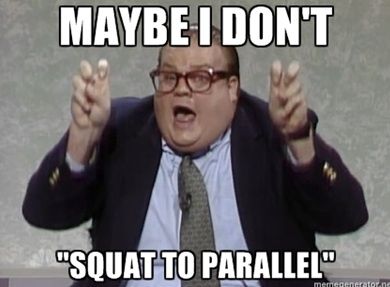The Screwtape Letters is an amazing short book of fiction by C.S. Lewis, consisting of letters of advice from a devil, the "affectionate uncle Screwtape", to his devil-in-training nephew who is struggling to corrupt a young Christian man. The letters are intended to be a Christian cautionary tale, but they can be interpreted as life lessons applicable to all faiths and fields.
Understand that, in these letters, the devil Screwtape is using the words "Enemy" and "He" to refer to God.
The horror of the Same Old Thing is one of the most valuable passions we have produced in the human heart - an endless source of heresies in religion, folly in counsel, infidelity in marriage, and inconstancy in friendship. The humans live in time, and experience reality successively. To experience much of it, therefore, they must experience many different things; in other words, they must experience change. And since they need change, the Enemy (being a hedonist at heart) has made change pleasurable to them, just as He has made eating pleasurable. But since He does not wish them to make change, any more than eating, an end in itself, He has balanced the love of change in them by a love of permanence...
Image of Uncle Screwtape from website of illustrator David M Cornish
The use of Fashions in thought is to distract the attention of men from their real dangers. We direct the fashionable outcry of each generation against those vices of which it is least in danger and fix its approval on the virtue nearest to that vice which we are trying to make endemic. The game is to have them all running about with fire extinguishers whenever there is a flood, and all crowding to that side of the boat which is already nearly gunwale under. Thus we make it fashionable to expose the dangers of enthusiasm at the very moment when they are all really becoming worldly and lukewarm; a century later, when we are really making them all Bryonic and drunk with emotion, the fashionable outcry is directed against the dangers of mere 'understanding'. Cruel ages are put on their guard against Sentimentality, feckless and idle ones against Puritanism; and whenever all men are really hastening to be slaves or tyrants we make Liberalism the prime bogey.
But the greatest triumph of all is to elevate this horror of the Same Old Thing into a philosophy so that nonsense in the intellect may reinforce corruption of the will... The Enemy loves platitudes. Of a proposed course of action He wants men, so far as I can see, to ask very simple questions; is it righteous? is it prudent? is it possible? Now if we can keep men asking 'Is it in accordance with the general movement of our time? Is it progressive or reactionary? Is this the way that History is going? they will neglect the relevant questions. And the questions they do ask are, of course, unanswerable; for they do not know the future, and what the future will be depends very largely on just those choices which they now invoke the future to help them to make.
...Once they knew that some changes were for the better, and others for the worse, and others again indifferent. We have largely removed this knowledge. For the descriptive adjective 'unchanged' we have substituted the emotional adjective 'stagnant'. We have trained them to think of the Future as a promised land which favoured heroes attain - not as a something which everyone reaches at the rate of sixty minutes an hour, whatever he does, whoever he is,
Your affectionate uncle
SCREWTAPE
- From The Screwtape Letters by C.S. Lewis
This passage raises questions that we in the strength and fitness industry should take seriously...
Is the consistency of your training driven by "Fashion"? Is the change in your training driven by the "Horror of the Same Old Thing"?
In training and the strength and fitness industries, what are the "real dangers"?
What are the fashionable outcries against the vices of which we are in the least danger?
What are the "relevant questions" we are ignoring? What unanswerable questions do we ask instead?
Are we too quick to rule something 'unchanged' as 'stagnant'?We need both meaningful consistency and thoughtful change to thrive. Many popular programs fail at one or both of these. Consistent effort is important, but consistently pounding oneself into a wall is not. Thoughtful change (often subtle) can propel us to new heights, but random, prolonged chaos can turn us into a shivering mess.
Is the consistency of your training driven by "Fashion"? Is the change in your training driven by the "Horror of the Same Old Thing"?

























